The Blue Ginger, a simple one-room café where customers help themselves to the coffee brewing on a side table, is jammed this morning. In the back I spot Derwin at a table with a couple of older guys and a woman about his age. He puts a hand up and beckons me over, introducing me to the old guys and the woman who turns out to be his sister, Nani.
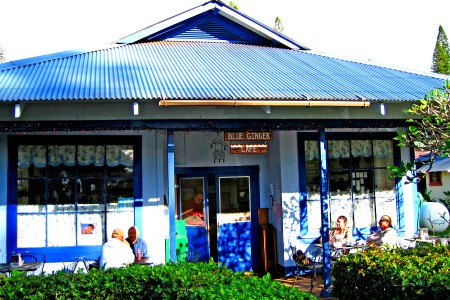
Blue Ginger photo by David Lansing
“Dis guy want to hear stories of old Lanai,” Derwin tells his sister. “Maybe you talk story.”
Nani laughs and says she’s been trying to hear those stories herself for a good number of years. Before they’re all forgotten. She says that she was one of those kids that got off the island the minute she graduated from high school. “And I swore I’d never come back, but then my kapuna auntie said, ‘It’s time.’ And when I came back, she started telling me the old stories. But the she died. And I’ve been asking all the old aunties on the island for those stories ever since.”
While Nani and I talked story, Darwin and some of the older guys talked quietly about more pressing issues. Like the free upcoming community lunch, for seniors, later in the day in Dole Park. Derwin told the men they still needed a baker, a butcher, and yes, a candlestick maker.
After breakfast, I walked around Lanai City. There’s not much to it. You walk down one side of Dole Park, shaded by the ubiquitous Cook Island pines, past a bank, two small grocery stores, two cafes—including Café 565 which, in addition to serving their special Korean and katsu chicken daily, according to a sign, also has holiday pupuus—and the world famous Lanai jail, which is really just a modified shipping container with a locked door on it that hasn’t been opened in this century.

I wandered in to the Dis ‘n’ Dat store, mostly because they had this terrific tin hula girl, decorated in Christmas lights, stuck to a palm tree outside the store. Sitting in a green wicker chair on the porch was a middle-aged woman with red glasses and a big floppy hat playing the ukulele. At her feet were two bichon frisés, curly white-haired lap dogs that were so quiet and perfectly groomed that I thought at first they were stuffed animals.
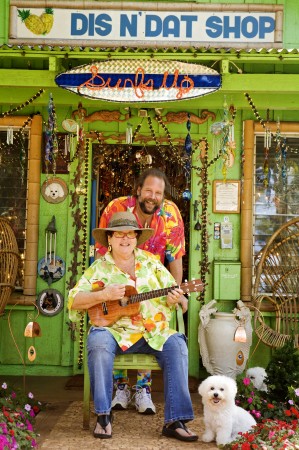
Dis ‘n’ Dat Shop photo by Macduff Everton
The woman playing the ukulele was Suzie Osman. She and her husband, Barry, own Dis ‘n’ Dat. They are originally from New York (and still have very heavy New Yorker accents) where they used to own a toy business (“I’ve always liked sparkly, happy stuff,” Barry said).
Suzie told me she was just messing around on the ukulele. “I taught myself to play it when we moved here nine years ago,” she said. Then she gave me a big smile and said, “I also do the hula.”
Barry said the store has been here since 1961 and it’s always been called Dis ‘n’ Dat even when it was the post office. “I was going to call it something different,” Barry said, “but the locals told me it would be bad luck to change the name. Besides, everyone in town likes the sign. So we just left it the way it was.”
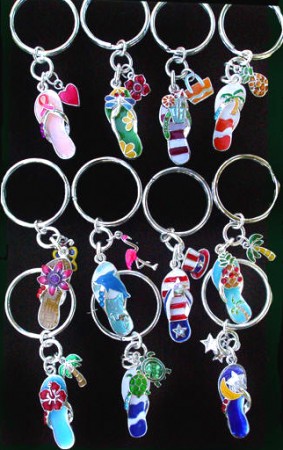
I had a hard time walking around the shop. There are like a million wind chimes hanging from the ceiling and you have to be a midget or something not to get smacked in the forehead all the time (Suzie and Barry are almost as squat as their two bichons). Suzie designs some of the jewelry in the store, including these Hawaiian slippah pendants, which are very cool. There are pink slippahs and slippahs with hibiscus on them and even slippahs in an American flag motif. I liked all of them—the keychains and necklaces, earring and bracelets. So I bought like a dozen of them. I have no idea who I’m going to give them to. Maybe I’ll keep them for myself. And start a collection. Of Hawaiian slippah jewelry.


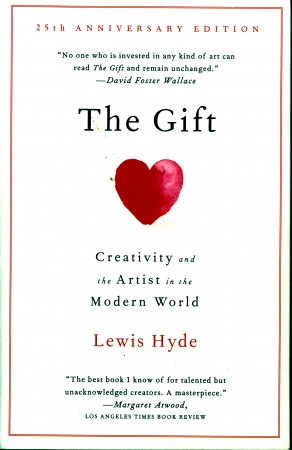




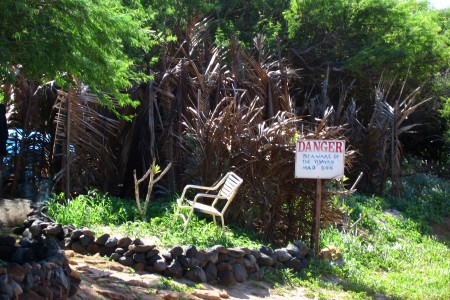
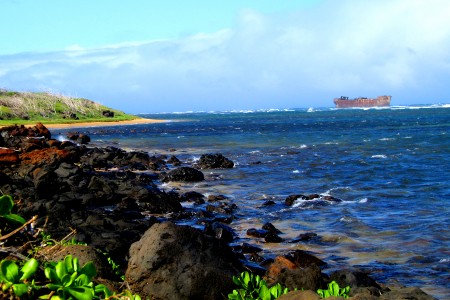
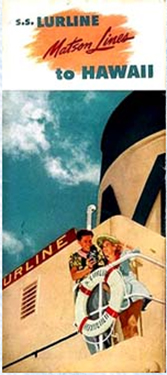
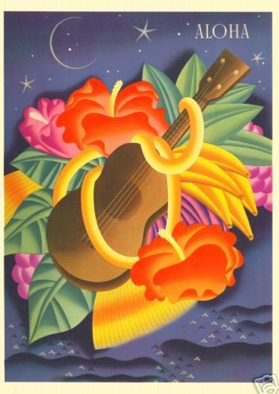

Recent Comments